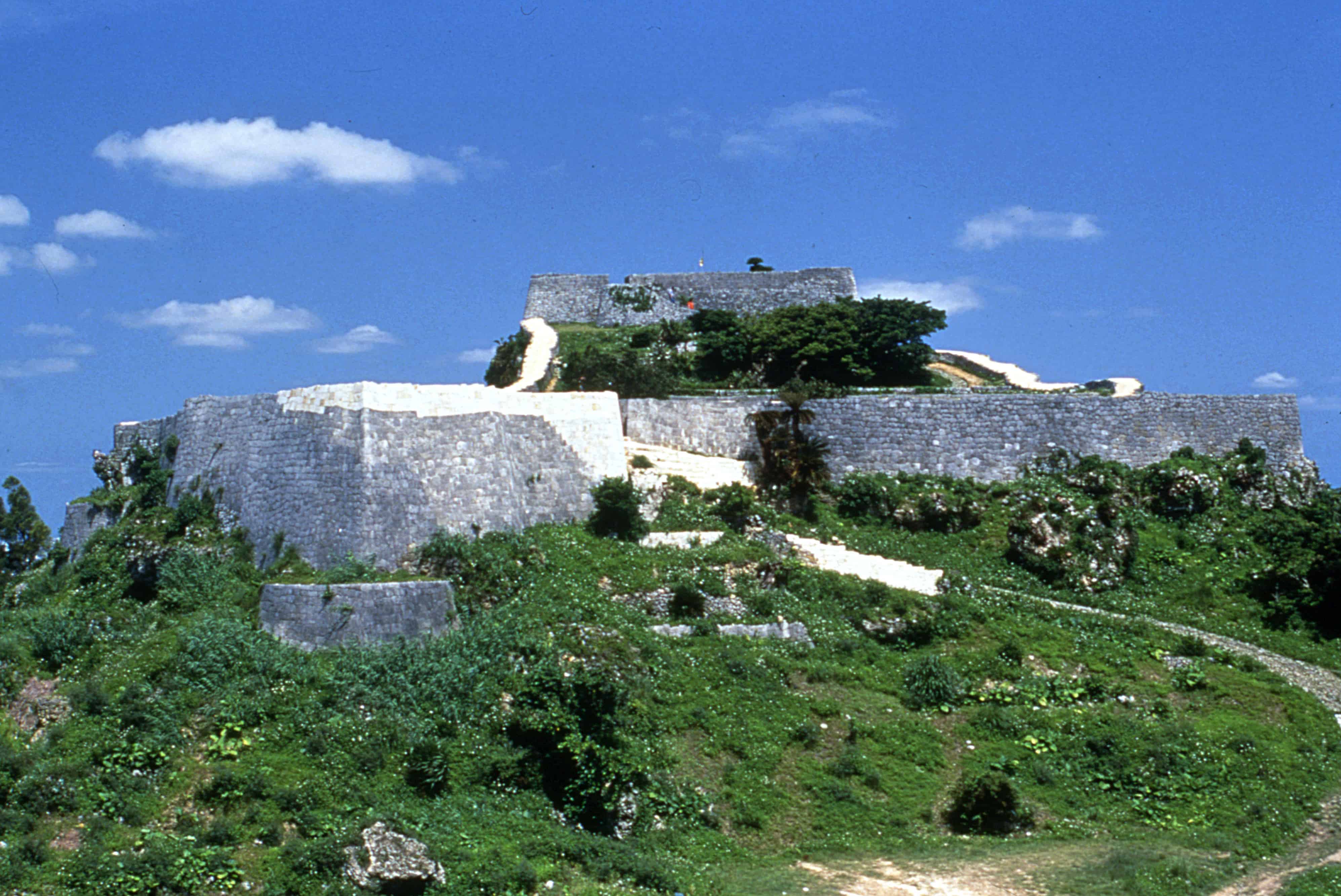 JNTOBy B Ang
JNTOBy B AngOkinawa’s history is steeped in legend while its UNESCO World Heritage sites offer a glimpse of its majestic bygone days.
According to local folklore, the Ryukyu Islands in southern Okinawa, were formed by Amamikiyo, a mythical creator figure, as sacred homes for gods. At Sefa-utaki, in Chinen Village, huge rocks and trees shelter many ceremonial altars around this World Heritage site. Regarded as an extremely holy place, it held the inauguration ceremonies for Ryukyu’s highest-ranking priestess. From the most sacred altar of the kingdom, Sangui, visitors can see Kudaka, the island where mythical god, Amamikiyo, was said to have descended. Today, pilgrims still journey to the spots visited by Amamikiyo.
Okinawa lies southwest of the Japanese archipelago between the mainland and Taiwan in the Pacific Ocean, boasting a sub-tropical climate keeping it warm year-round. Naha City is the main entry point into Okinawa.
The main cultural sight in Naha City is World Heritage site, Shurijo Castle, the former capital of the Ryukyu Kingdom when Sho Hashi (1st Sho Dynasty, 1879) defeated chieftain rivals and unified Okinawa as one kingdom. Construction on this red structure was said to have begun in the mid-14th century and reached its current size by the mid-16th century.
Destroyed by separate fires and bombs during the Second World War, the Castle has been rebuilt several times in its history. Within its walls, the Seiden features ornate kingly thrones decorated with auspicious symbols. Two other buildings stand nearby: Nanden, used for officials’ ceremonies; and Hokuden, an administrative office cum venue to entertain foreign guests. The castle also houses historical artifacts and informative exhibits on the kingdom’s history.
Nearby are two World Heritage sites built by King Sho Shin. Tamaudun is a royal mausoleum housing the remains of kings and family members of the 2nd Sho Dynasty, while the Shureimon Gate leading to the Sonohyan-utaki Shrine is believed to be a link to the gods, where rulers often prayed for safe journeys before leaving the castle.
Shikina-En gardens, the king’s second residence is another World Heritage site close by. Also known as the “southern garden”, the landscaped grounds are filled with traditional building structures, a beautiful artificial pond and stone structures.
Three castle ruins, also World Heritage sites, can be found in the centre of Okinawa Island: Katsuren Castle in Katsuren Town, was the fortress base of a powerful chieftain, Amawari; Zakimi Castle, in Yomitan Village was constructed by Gosamaru, a renowned builder in the 15th century; and Nakagusuku Castle in Nago City.
For more information, visit www.ilovejapan.ca.


